
As COVID-19 has rapidly spread throughout the world, questions have been raised around just how the virus is spread. While it is common knowledge that people can catch COVID-19 from others who have the virus (person-to-person transmission), what about surfaces that these people have come into contact with? Can COVID-19 be spread that way too?
As cases of community transmission have increased in New Zealand, Kiwis are being more cautious with what they’re coming into contact with, and strict hygiene practices that need to be followed to avoid potentially catching COVID. We think it’s fair to say that COVID-19 has had an impact on every business sector, and the packaging industry is no different. There is real concern over how consumables are handled before they arrive at their destination and that they’re handled safely so that there’s no possibility of picking up or spreading COVID-19.
In this blog, we’ll explore what we already know about COVID-19 and how it could be spread on surfaces like packaging. We’ll also take a look at the cleaning supplies and PPE that can be used in the workplace to help minimise the spread of COVID-19.
How is COVID-19 spread?
As we mentioned at the start of this blog, the most common way for COVID-19 to be spread is person-to-person through small droplets from the nose or mouth, which are then expelled when a person with COVID-19 coughs, sneezes, or speaks. The World Health Organization also notes that these droplets are relatively heavy, so don’t travel far and will quickly sink to the ground. People can catch COVID-19 from others if they breathe in droplets expelled from a person who is infected with the virus. Because of this, it is so important to keep your distance from other people (by at least one metre), to avoid potentially breathing in these droplets.
It’s not just person-to-person transmission that can cause COVID-19 to spread, COVID-19 also has the ability to spread through surfaces that people infected with the virus touch like packaging. People could then catch COVID-19 by touching these surfaces and then touching their mouth, nose or eyes. This alternative way of spreading or catching the virus is why it’s essential that we wash our hands regularly with soap for at least 20 seconds. If soap is not readily available (i.e. in the car) then hand sanitisers should be used, and again, for at least 20 seconds to ensure hands are fully covered.
How long does COVID-19 last on surfaces?
Research so far suggests that COVID-19 has the ability to last up to three days on some surfaces – that’s a surprisingly long time and longer than many of us would expect the virus to stick around. Studies have shown that COVID-19 can survive for up to 72 hours on plastic and stainless steel, less than 4 hours on copper and less than 24 hours on cardboard. Even cardboard, a relatively lightweight and paper-based material has the ability to hold the virus for up to a day which is food for thought for anyone regularly packaging items or handling cardboard packaged items.
.png?width=1000&name=covid-infographic-v01%20(1).png) Source: The World Health Organization
Source: The World Health Organization
Keeping surfaces clean and virus-free
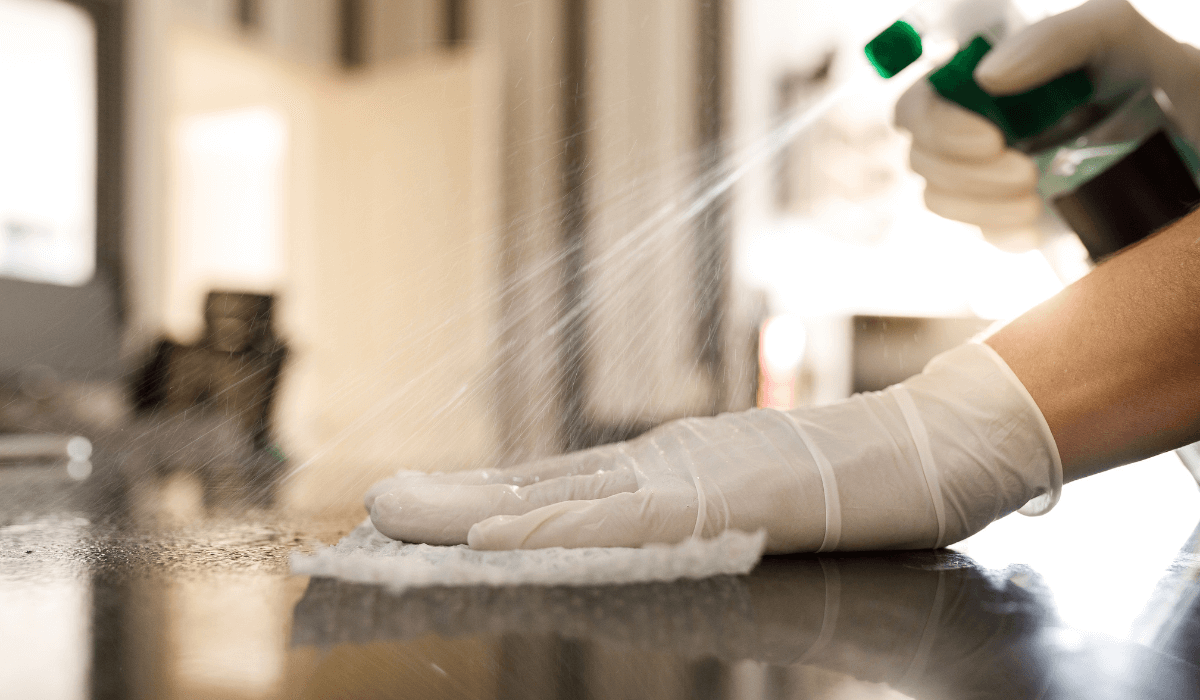
Whether you work at home, in an office, or in a factory, it’s imperative that we all follow strict cleaning practices so that we can minimise the spread of COVID-19. Following strict cleaning practices will also ensure that any potential droplets of the virus don’t have the ability to spread to another person in or from your workplace through touching something like a door handle, or a package.
To prevent possible contamination it’s important to clean and disinfect frequently touched surfaces. Dr Siouxsie Wiles recommends using an antiviral disinfectant and following the instructions on the bottle. To make sure surfaces are properly cleaned, the disinfectant should remain soaking for at least 10 seconds on the surface before being wiped away.
Good disinfectants to look out for are solutions that contain either:
- Hypochlorite (the main active ingredient in bleach)
- Activated hydrogen peroxide (0.5%)
- Conventional bleach (at 0.1-0.2% available chlorine) in water, or
- Ethanol or Isopropyl alcohol
Learn more cleaning and sanitising tips in the free guide >>
Whilst a strict cleaning regime doesn’t guarantee that COVID-19 won’t spread, it’s a step in the right direction in ensuring that we’re minimising our ability to potentially catch or spread the virus. Getting into the habit of frequently cleaning regularly used spaces and surfaces in your workplace will ensure that you’re doing everything to keep yourself and your staff safe.
View our full range of cleaning supplies here >>
PPE products to help keep you protected
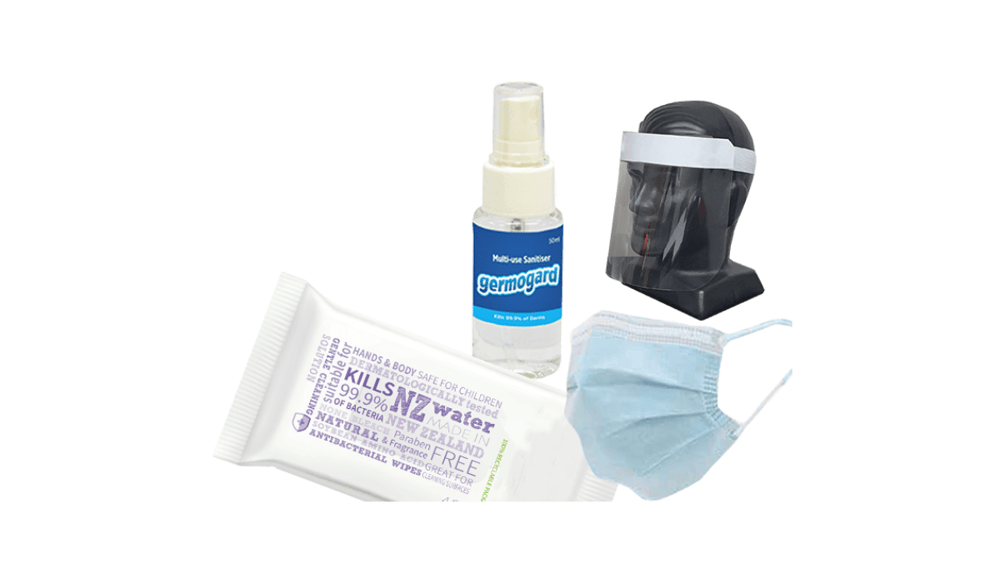
While in the workplace it’s essential that people wear appropriate Personal Protective Equipment (PPE) if required. Certain types of work can make the ability to social distance from others difficult, these situations include:
- Border and airport workers
- Healthcare settings
- Aged care settings
People that work in the above environments will generally need to wear gloves and masks when in close contact with other people so that they have less risk of catching or spreading COVID-19.
There may also be situations where workers are in close contact with food items and packaged deliveries, in these instances they may choose to wear items like disposable gloves and use hand sanitiser frequently when handling goods meant for customers. This use of PPE will again help to avoid potentially catching COVID-19 and will help to lower the risk of spreading this to someone else.
Basic PPE that can be useful for most workplaces includes:
View more PPE supplies here >>
While the spread of COVID-19 on surfaces is not the most common way for people to catch the virus, it’s something that shouldn’t be ruled out from taking place. Making sure that we’re handling things like packages correctly along with the regular cleaning and sanitising of commonly used objects and surfaces in the workplace, will all help to ensure that we’re doing everything that we can to minimise the spread.
To view more cleaning and PPE supplies along with our full range of packaging supplies you can head to our website primepac.co.nz.



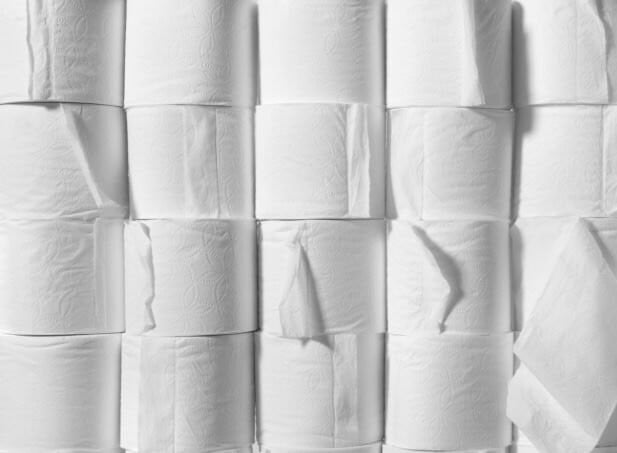
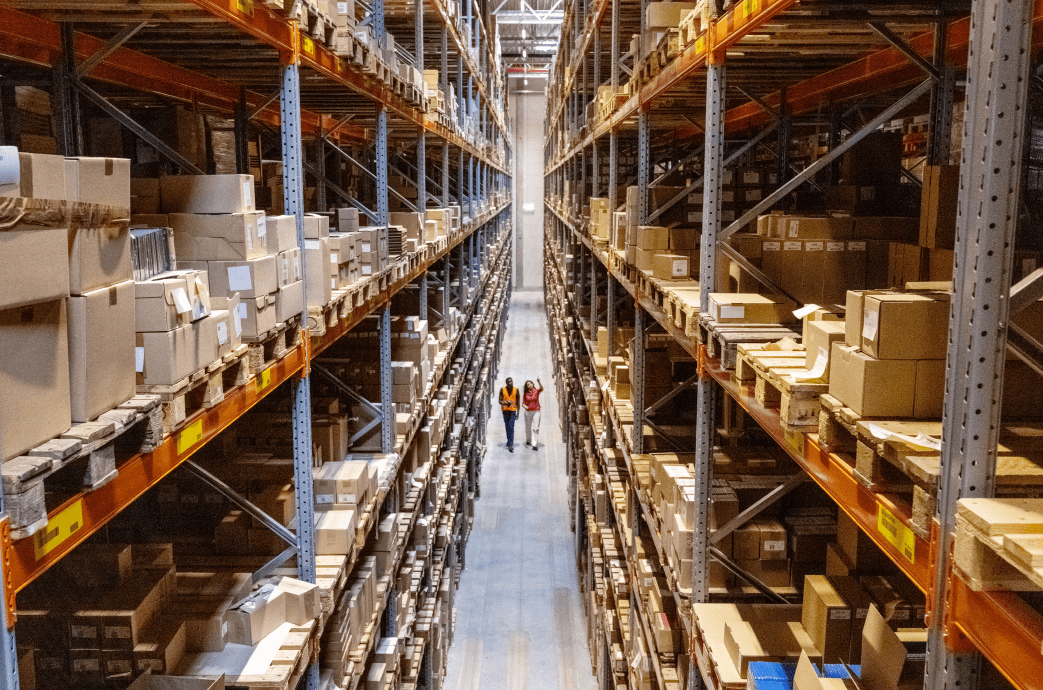
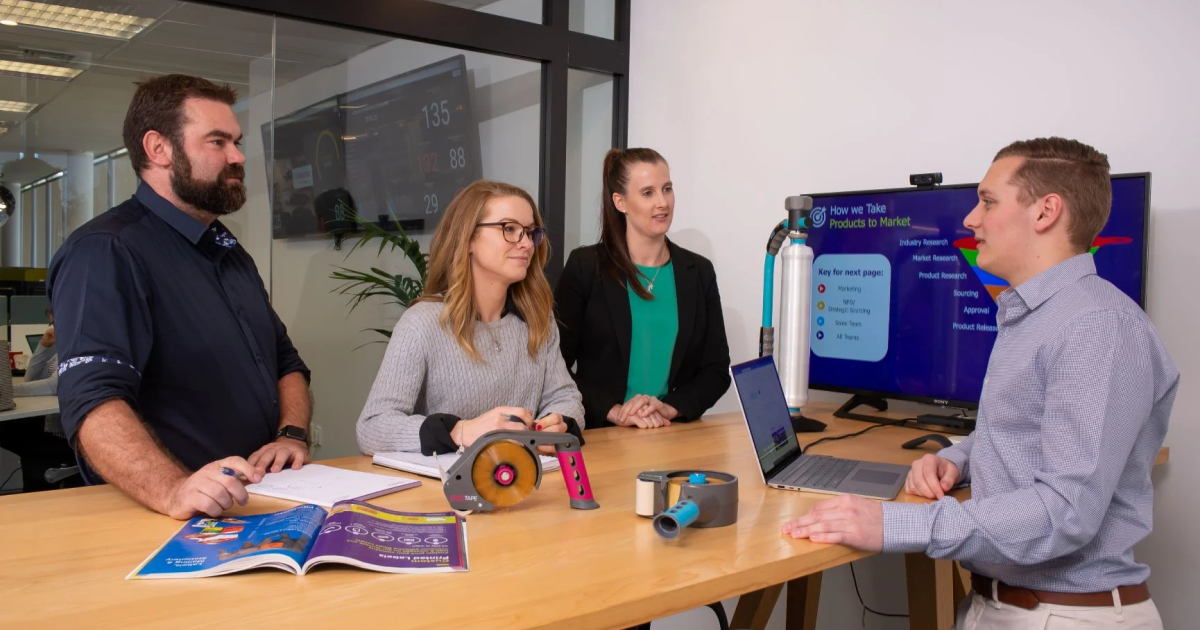
.png)

